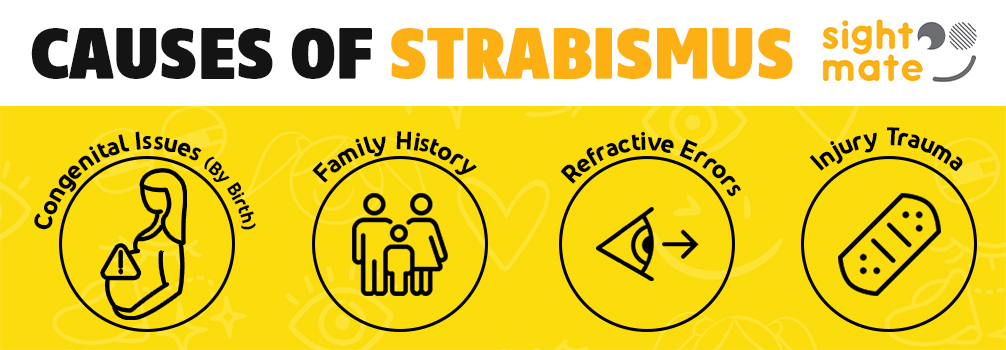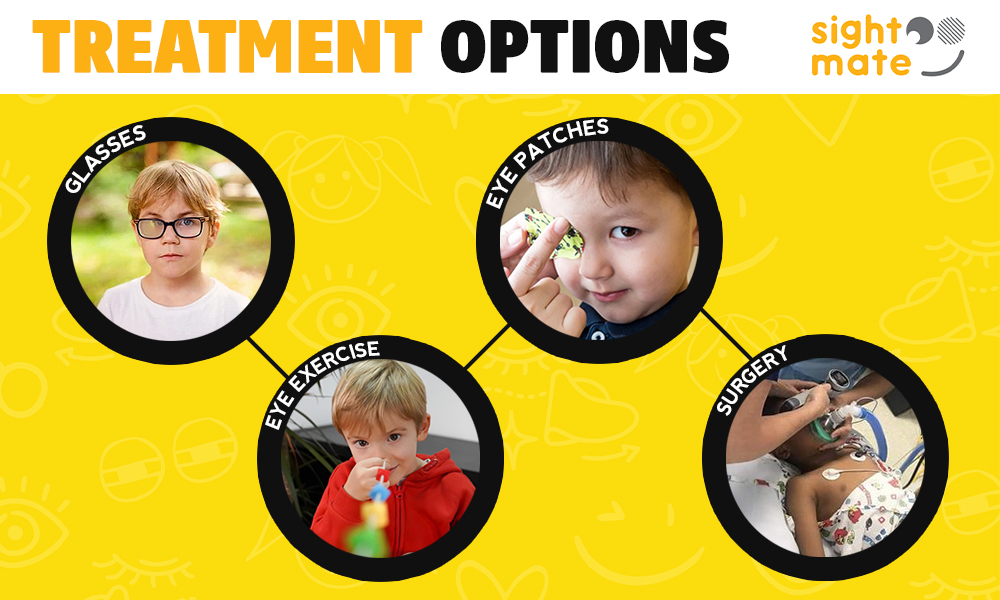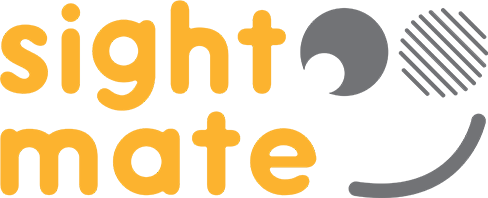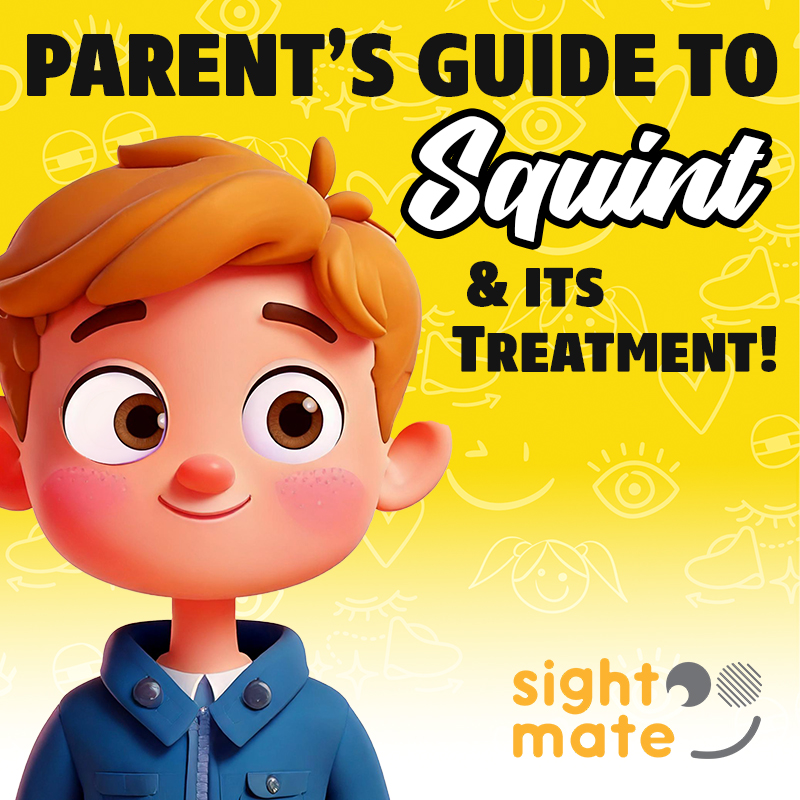As a parent, you might notice something unusual about your child’s eyes—perhaps one eye seems to wander or doesn’t align properly with the other. It’s natural to feel concerned and wonder what might be causing this. Could it be something they’ll outgrow, or does it need medical attention? These questions are common among parents who observe early signs of squint eye (strabismus) in their children.
You’re not alone in facing this concern. Eye conditions like cross eye (locally known as bhengapan) are becoming more prevalent among kids in Pakistan, partly due to rising screen time and less outdoor play. The good news is that with early diagnosis and proper treatment—such as glasses, eye patches, or simple exercises—most children can achieve aligned, healthy vision. For squint eye treatment without surgery, read on to learn more and then take informed action to protect your child’s eyesight and help them thrive with confidence.
Let’s first understand the basics of squint eye.
What Is Squint Eye?
Squint eye also known as crossed eye or strabismus occurs when one or both eyes fail to align correctly. While one eye looks straight, the other may turn inward, outward, upward, or downward. This misalignment can affect your child’s vision, making it harder for their brain to process what they see.
If left untreated, squint eye can lead to lazy eye (amblyopia). This condition develops when the brain begins to ignore visual signals from the misaligned eye over time, which may result in partial or complete vision loss in the affected eye. Early diagnosis and intervention are critical to preventing such complications and ensuring healthy vision development.
Early Signs of Squint Eye:
Recognizing the early signs of squint eye is key to timely intervention. Here are some common indicators parents should look for:
- Misaligned (bhenghi) Eyes that don’t move in the same direction.
- Tilting or turning the head: Your child may tilt or turn their head to use one eye more effectively, which can help them see more clearly or avoid double vision.
- Difficulty maintaining eye contact: Kids with squint eye may struggle to focus on your face or maintain steady eye contact during conversations.
- General poor eyesight: If your child has trouble seeing clearly and it’s left untreated, poor vision can strain the eyes and may eventually lead to squint eye.
For our kid, the early signs were general poor vision and tilting or turning the head. If you notice any of these signs in your kids, it’s essential to consult an eye doctor as early as possible.
What Causes Cross Eye?
Squint eye often results from a mix of genetic, developmental, and environmental factors. It may be present from birth or develop later due to issues with vision or eye muscle control. Identifying the cause early is essential for effective treatment. Several factors can lead to squint eye in kids. Here are the most common:
- Congenital Issues: Some children are born with eye muscle imbalances or other structural problems that cause squint eye.
- Refractive Errors: If a child’s vision is blurry due to nearsightedness or farsightedness, the eye may turn to compensate. Similarly, significant differences in vision between the two eyes can lead to squinting as the eyes work harder to focus.
- Family History: If squint eye runs in the family, children are more likely to develop it.
- Medical Conditions or Injuries: Neurological disorders, developmental delays, or trauma to the eye can also contribute to the condition

By understanding these causes, parents can better recognize risk factors and work with an eye specialist to ensure their child receives the best care.
How Is Strabismus (Squint Eye) Diagnosed?
Diagnosing squint eye begins with a visit to an eye specialist. During the appointment, the doctor will evaluate how your child’s eyes move and work together, check their vision strength, and perform alignment tests. These non-invasive assessments help pinpoint the severity of the condition and guide the treatment plan.
Here’s what to expect during the diagnosis:
- Visual Alignment Check: The doctor will observe how your child’s eyes move together.
- Strength Test: They’ll assess how well each eye sees and identify any weaker muscles.
- Other Tests: If needed, further exams will rule out underlying conditions.
It’s a straightforward process, and early diagnosis ensures your child gets the right treatment quickly, even if your child shows only mild symptoms, as early intervention can prevent long-term complications.An eye doctor will perform a simple exam to understand your child’s condition.
With the guidance of an eye specialist, you can explore effective options to correct squint eye and ensure your child’s vision develops properly. Let’s look at the treatments available.
Treatment Options for Kids
The goal of treating squint eye is to align the eyes, improve vision, and enhance overall eye coordination. Treatment plans are tailored to each child based on the severity of the condition and its underlying cause. Many treatments are non-invasive and highly effective when started early, while surgical options are available for more complex cases.
Glasses
Glasses are often the first step in treating squint eye, especially if the condition is caused by vision problems that cause squinting, like farsightedness or uneven vision strength between the eyes. For many children, wearing glasses is enough to align their eyes.
Eye Patches
Eye patching is an effective treatment for squint eye, cross eye and amblyopia. For children with one stronger eye (Amblyopia), an eye patch is used to cover the stronger eye, forcing the weaker/misaligned eye to work harder. This helps improve the vision and strength of the weaker eye over time. To make the process easier, many eye patches for boys and girls come in fun designs for playful squint eye treatment at home.
- A patch covers the stronger eye, forcing the weaker eye to work harder.
- This strengthens the weaker eye and improves coordination.
- Tip: Turn patch-wearing into a fun activity with rewards or colorful patches!
Eye Exercises
Vision therapy includes exercises designed to improve eye alignment and coordination. These activities may involve focusing on objects, following moving targets, or using specialized tools provided by an eye specialist. These exercises are often simple and can be made into a game to keep the child engaged. Your doctor can recommend exercises that fit your child’s needs.
Surgery (If Needed)
In more severe cases, surgery may be needed to adjust the muscles around the eyes and achieve proper alignment. It’s a safe, effective procedure, and most children recover quickly. Your pediatric ophthalmologist will guide you through this decision if needed.
Parents play a key role in ensuring the success of these treatments. Encouraging your child to wear their glasses or patch consistently and turning eye exercises into fun, interactive activities can make the process more enjoyable and effective. With patience and the right support, most children experience significant improvement and go on to develop clear, aligned vision.

On the same note, remember that starting treatment early can make a huge difference in your child’s life. You need to be be proactive when it comes to any issue related to vision and sight. Early treatment helps to:
- Prevents Lazy Eye (Amblyopia): Without treatment, the weaker eye may lose vision over time.
- Boosts Confidence: Correcting misaligned eyes helps your child feel more confident in social settings.
- Improves Development: Clear vision is essential for learning and exploring the world.
Don’t wait—early intervention leads to the best outcomes!
Common Questions from Parents
Can squint eye go away on its own?
In some cases, squint eye in newborns may resolve naturally. However, for older children, treatment is often needed to prevent long-term problems. Our Advice: Don’t take any risk when it comes to your kid’s vision – See a Padreatic Opthomologisty at the earliest.
Will my child need glasses or a patch forever?
Most treatments are temporary. Once the eyes are aligned and vision improves, your child may not need these aids long-term.
How do I help my child overcome embarrassment?
Choose fun, colorful kids eye patches or glasses and remind them of how cool they look. Sharing stories of other kids who wear them can also help.
What happens after treatment?
Follow-ups are important to monitor progress. Your doctor will adjust the treatment as needed to ensure lasting results.
Helping your child with squint eye treatment may seem overwhelming, but you’re not alone. With early intervention, the right care, and your unwavering support, your child can achieve clear, confident vision. Schedule a check-up today and take the first step toward a brighter future for your little one.
Wishing you best of luck and remember you are not alone.



